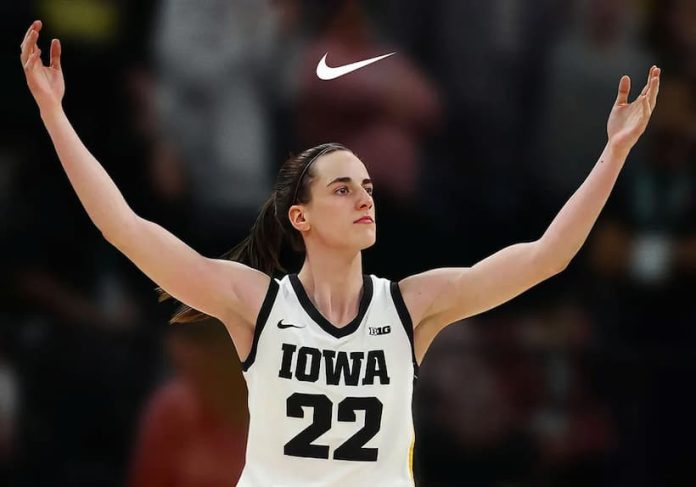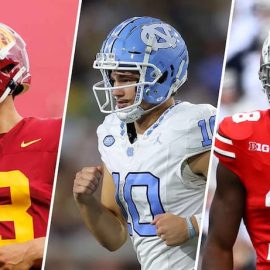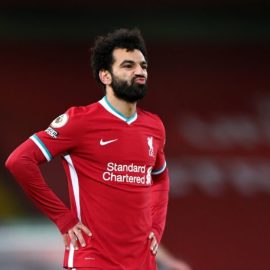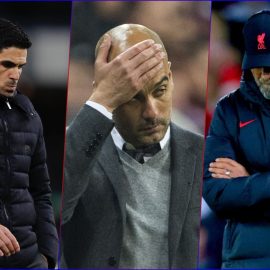I have not written for Soccerlens before, but I did notice a general lack of posts about Major League Soccer. Although the MLS is generally acknowledged to be in the Special Olympics category of soccer leagues, I believe that reputation will change with time.
I am qualified to talk authoritatively about the future of the MLS because I am their future; a young player just entering college soccer, looking to move up in the American soccer pyramid. And with this qualification comes the responsibility to show people that the MLS will be a compelling and competitive league to watch in the future IF:
- They continue their recent expansion
- They standardize the league’s rules to more closely match other leagues
- They begin attracting more talent from other leagues
Expansion
The MLS has recently announced that they will be expanding to Seattle in 2009 and Philadelphia in 2010. There are probably more upcoming announcements for 2010, as soon as they are ironed out. Wherever the MLS decides to expand next, they have made great choices in Seattle and Philadelphia because these cities are major soccer markets, mainly at the grassroots level.
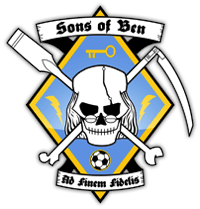
Philadelphia would not have a team if it were not for the grassroots movement in the city to bring MLS to town. A fan-based group known as the “Sons of Ben” (referring to Benjamin Franklin, who lived in Philadelphia) wrote letter after letter and petitioned the MLS head office to get an expansion club there. I would be surprised if they fail to fill their brand new 20,000 seat Chester Stadium on a weekly basis.
Attracting Talent
One of the major drawbacks of the current Major League Soccer system is that all of the good American players leave as soon as possible. The traditional ladder to soccer success in America looks something like this:
- A player will play for a college team
- They play for a non-paying, semi-professional team in the summer
- They get drafted or otherwise sign with an MLS team
- They gain experience and advance their game
- They move on to a club in a big overseas league
This tradition of moving our best players on will not change too drastically. Every young player dreams of playing in a high-paying league with lots of fans. The truth is, America has neither of these. To some extent, American soccer cannot and will not ever be as powerful as European soccer because of the fundamental reality that soccer is not the biggest sport here. I don’t care what hopeful people say — it never will be.
However, until at least half of the players that contribute to the national team in meaningful matches — not friendlies at home and qualification matches against St. Vincent and the Grenadines, but World Cups and friendlies against major opposition — play their club football at home, the league will never be talented enough to be entertaining.

The stars that do come over all end up performing inconsistently at best. David Beckham has thus far appeared five times for Los Angeles. Guillermo Barros Schelotto, formerly of Boca Juniors, has only five goals in 22 appearances for Columbus. Cuahtemoc Blanco has only four goals in seventeen appearances for Chicago.
Changing The Rules
The MLS expansion has to continue until there are at least twenty teams in the league. They need at least twenty teams to be able to standardize the league rules to better coincide with other major soccer leagues around the world.
Fans will never respect a league with two tables and a playoff system that makes the whole season virtually inconsequential. Yes, the United States is a big country and a flight from New York to Los Angeles is a five and a half to six hour ordeal, but Arsenal flew to and from Bucharest for Champions League matches this winter, which is about a four hour flight. It can be done.
My Vision
This is my (bulleted) version of Martin Luther King’s “I Have a Dream” speech, twisted to incorporate my rule changes for MLS:
- One day, Major League Soccer will have only one table
- The clubs will play every other club twice, home and away
- And finally, the United States Soccer Federation will enforce a rule to make the MLS stop play during the World Cup
Conclusion

The times of the North American Soccer League have been long forgotten. Stars such as Pele and Franz Beckenbauer once graced American fields and touched many American soccer fans. This league was as successful as a league in America could be, but with the new expansion and new hope for a resurgence of soccer in the American market, those times can come again.
Add Sportslens to your Google News Feed!
